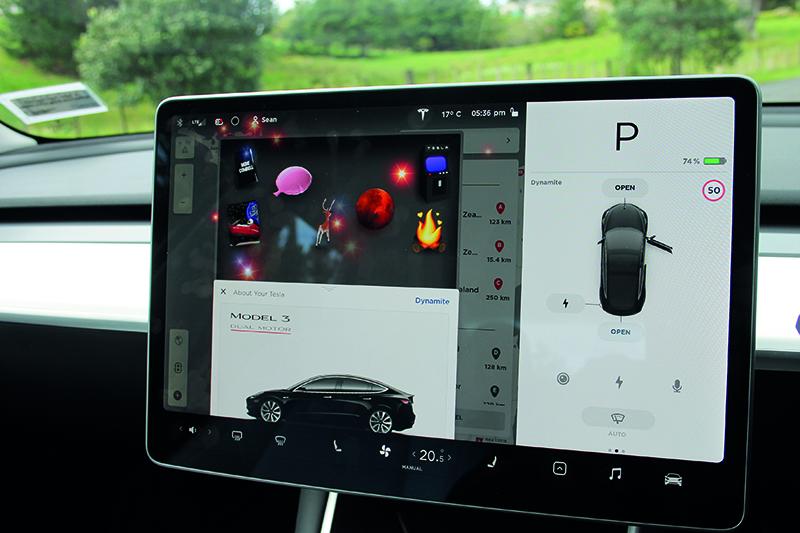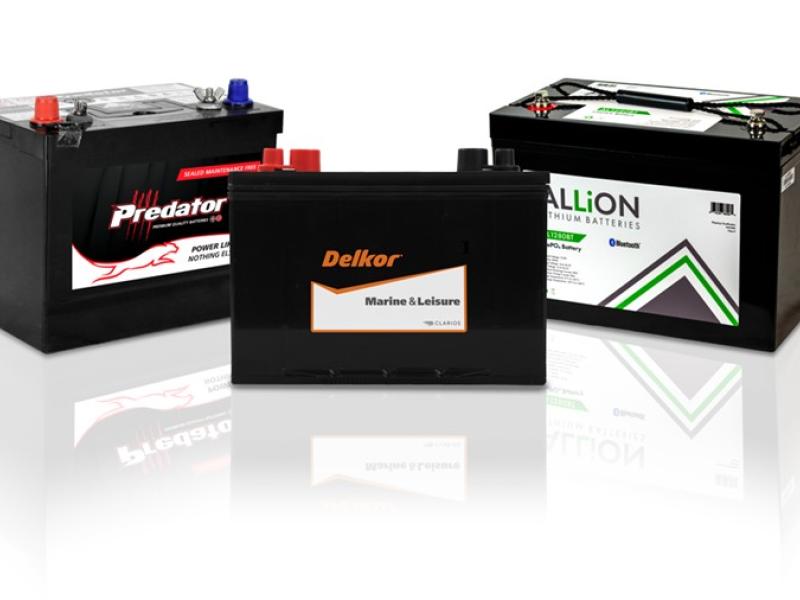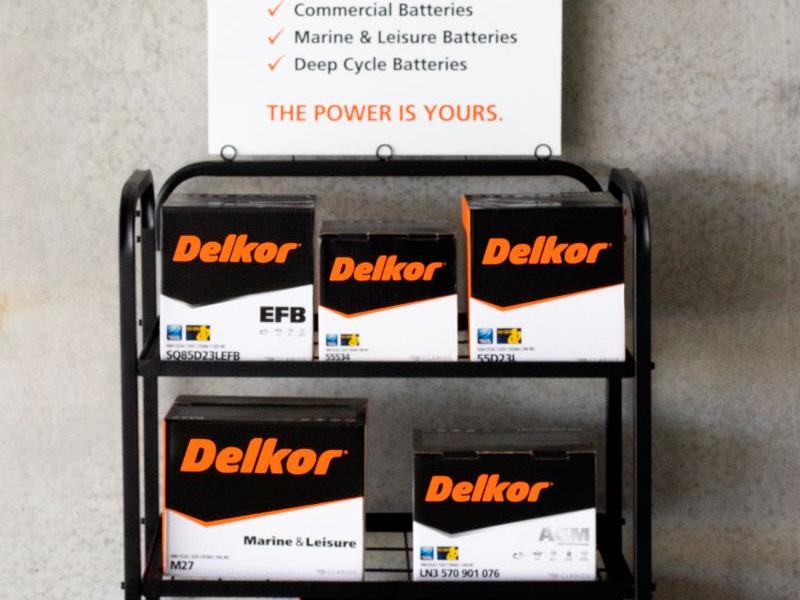The current automotive display market is dominated by TFT-LCD technology, and despite the rise of OLEDs in this sector, it is expected this strong presence will continue, says IDTechEx, in their “Automotive Displays 2024-2034: Technologies, Players, Opportunities”.
Both LCDs and OLEDs have particular benefits and bring distinct, unique selling points to automotive displays.
OLEDs, for instance, deliver high image quality and deeper contrasts (greater dynamic range), highlighting the enhanced darker regions when compared to TFT-LCDs. OLEDs are self-emissive displays and, unlike TFT-LCDs, do not require a backlighting unit (BLU). They selectively switch off pixels when showing darker regions of an image with finer granularity, resulting in lower current consumption. TFT-LCDs achieve a similar effect with advancements in local dimming, particularly full-array local dimming (FALD). However, despite improved performance in this area, LCDs continue delivering poorer image contrasts when compared to OLEDs.
OLEDs can also be significantly more flexible and thinner than LCDs. OLEDs can be made on flexible organic substrates, giving it this important attribute. They are also self-emissive, as previously mentioned, not requiring an additional backlighting unit, making it much thinner than TFT-LCDs. Current design demands from OEMs include requesting curved displays, highly malleable centre information displays, and CID (placed between the driver and front seat passenger).
TFT-LCDs, on the other hand, have other strengths and bring further gains to automotive displays. LCDs have generally higher brightness and lifetime than OLEDs. These are essential to automotive displays, as the ambient brightness in vehicles is naturally very high, especially when sunlight is directly incident on the display panels. Displays must, therefore, be visible in the most diverse ambient lighting conditions, and a high-brightness device is necessary to always visualise information. The lifetime of the display is also a fundamental consideration to OEMs. It is important to ensure that the device has a long lifetime, as realistically, it is undesirable to constantly need to replace the display. It is ultimately a safety concern and poor branding if the display malfunctions soon after purchase.
Both LCDs and OLEDs fulfil the key requirements of automotive displays, and OLEDs have the added benefit of being significantly more flexible, thinner, and power efficient, which, given the rise in electric vehicles (EVs), is increasingly more important.
The main distinction is down to cost. TFT-LCDs are significantly more cost-effective than any other display technology and this impacts OEMs and tier one manufacturers. It is not by chance that the use of OLED displays is rising primarily in premium vehicles. The average profit margin in the automotive manufacturing industry is approximately 7.5 percent. Premium vehicles have more flexibility with the cost of displays when compared to lower-tier vehicles that have tighter restrictions. While OLEDs are competitive with the former types of vehicles, they still form a minority when considering the total number of vehicles sold in the market. OLEDs will struggle to compete with LCDs in terms of costs, and as a result, this TFT-LCD dominance is expected to continue in the foreseeable future.
There is, however, another technology gaining traction that could impact the status quo of automotive displays. MicroLEDs are awaited by display manufacturers and automotive OEMs with great expectation, as they are predicted to surpass LCDs and OLEDs in overall performance. As the name indicates, microLEDs are microscopic LEDs that form an individual pixel. They are self-emissive, similar to OLEDs, but the latter is considerably dimmer than the former. They also have a much higher lifetime, enhanced power efficiency, and comparable image quality and contrast. They are thinner than LCDs and exhibit higher brightness levels, and it is therefore expected this technology will dominate the automotive display sector in the future. The main hindrance delaying its successful launch is cost, technology maturity, and fabrication yields. Once these barriers are surpassed, microLEDs will dominate the space.






